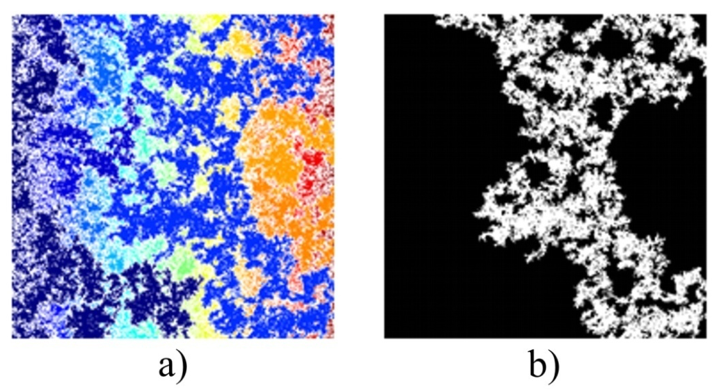 |
|
The estimation of methane generation in landfill is based mainly on first-order chemical kinetics, which is a good theory for gaseous media or in solution, i.e. a homogeneous media; however in landfill, conversions lower than expected yields are observed. In this paper we propose the consideration of the sanitary landfill heterogeneity, through the classic percolation theory, and introducing a factor in first order models to reduce the error of the methane estimations in the landfill. This percolation factor () only considers the degradation of organic matter in methanogenic zones, which we propose immersed in the percolation clusters (including the infinite cluster), so ={1/4,2/3}. When including in the Hoeks model (Hoeks, 1983), and fractal-like Hoeks model (Meraz et al, 2004), conversions of 22-59% and 12-33% are reached at 30 years of closed site, respectively. These ranges are within what was estimated by Bogner and Spokas (1993), 25-40% conversion for the same time period.
Keywords: classical percolation, landfill, methane, fractal-like chemical kinetics, modeling.
|
|
 |

